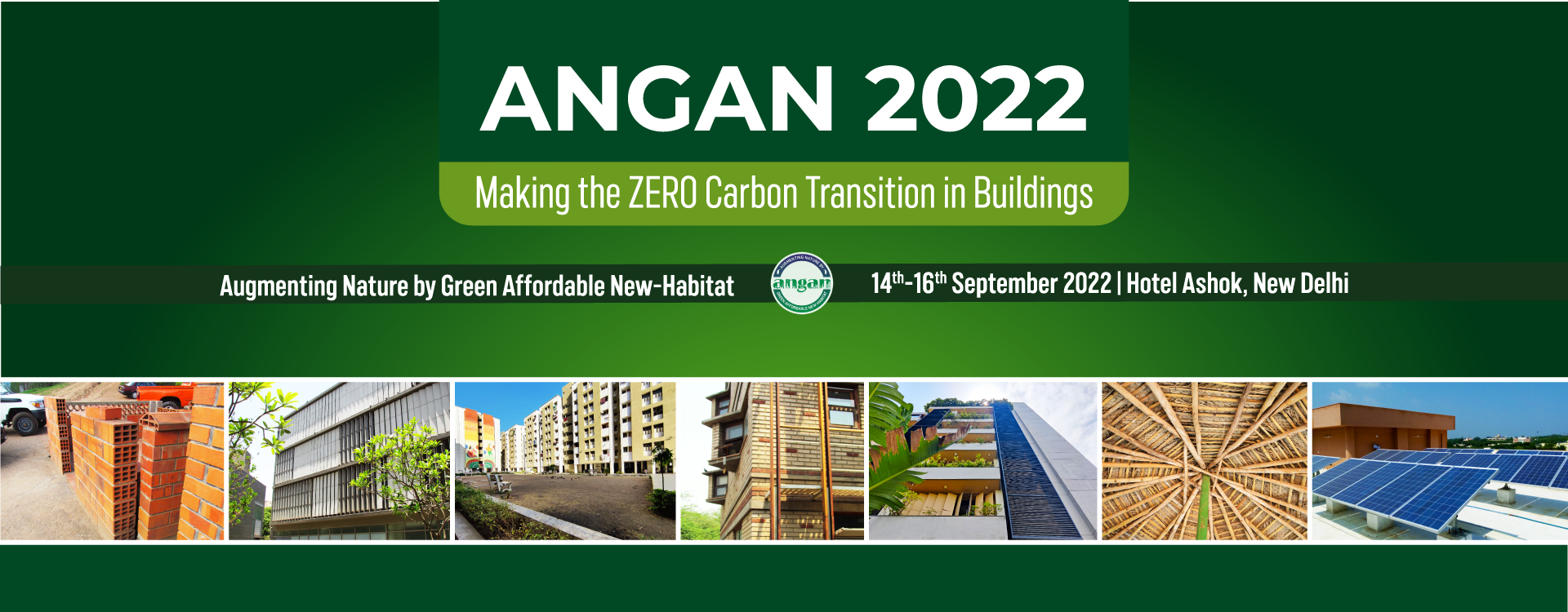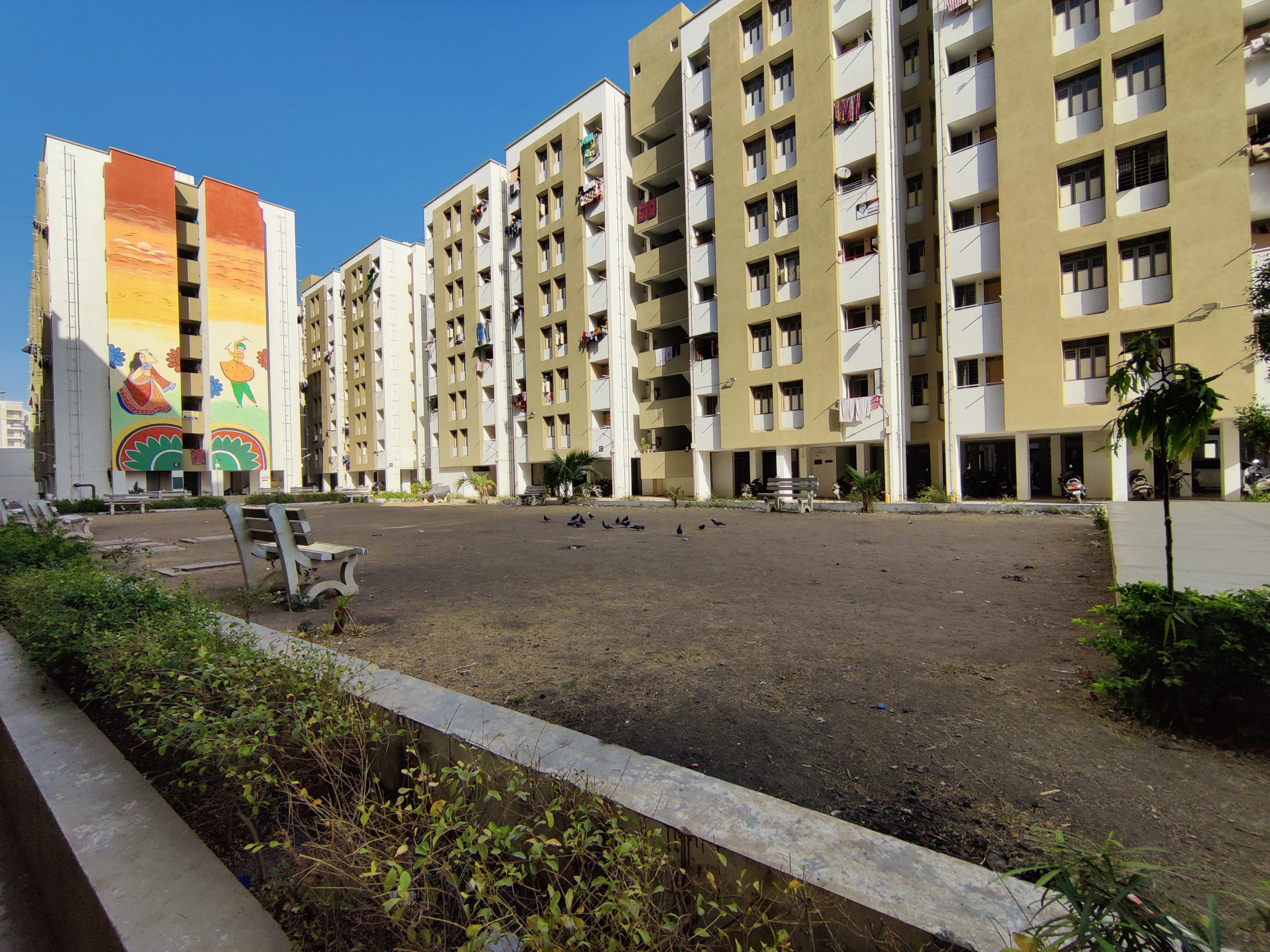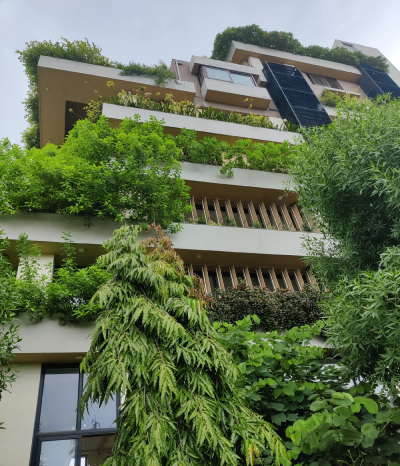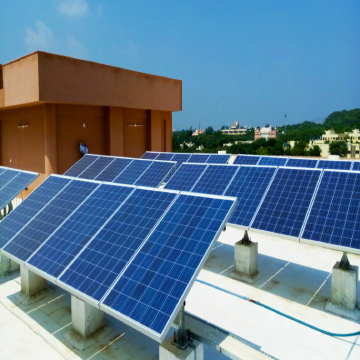The objective of ANGAN 2022 is to deliberate on various thematic tracks leading India on the road to Net Zero Energy and Low Carbon Buildings and develop a discussion paper. Organised jointly by the Bureau of Energy Efficiency and the Indo-Swiss Building Energy Efficiency Project, it will bring together more than 500 domain experts, practitioners and other Indian and international stakeholders. The conference will be held over two and a half days, with an inaugural session, a keynote session, 5 plenary sessions and 8 thematic technical sessions This conference will also host an exhibition of various low-carbon products, technologies and innovations applicable in the building sector.
The Indo-Swiss Building Energy Efficiency Project (BEEP) is a bilateral cooperation between the Ministry of Power (MoP), Government of India and the Federal Department of Foreign Affairs (FDFA) of the Swiss Confederation. The Bureau of Energy Efficiency (BEE) is the Implementing agency on behalf of the MoP while the Swiss Agency for Development and Cooperation (SDC) is the agency on behalf of FDFA.










